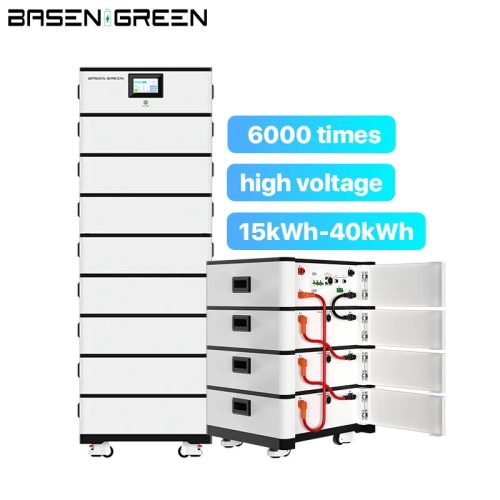Understanding the Difference Between Low Voltage and High Voltage Batteries
In the realm of batteries, understanding the differences between low voltage and high voltage options is crucial for making informed decisions, whether for personal, commercial, or industrial use. This blog aims to elucidate these differences, highlighting the unique characteristics, applications, and considerations of each type.
Low Voltage Batteries: Compact and Convenient
Characteristics and Applications
Smaller Voltage Range
Low voltage batteries typically operate in the range of 12V to 48V. They are commonly used in household electronics, small electric vehicles, and backup power supplies.
Wide Accessibility and Usage
Due to their lower voltage, these batteries are widely used in everyday applications, from remote controls and smartphones to solar power storage systems for homes.
Advantages and Limitations
Safety and Ease of Use
Low voltage systems are generally safer to handle and easier to install, making them a popular choice for DIY projects and small-scale applications.
Efficiency Constraints
These batteries can face limitations in efficiency, particularly in high-demand scenarios, and may require complex configurations when scaled up.
High Voltage Batteries: Powering Advanced Applications
Characteristics and High-End Usage
Higher Voltage Threshold
High voltage batteries, operating above 48V, are commonly seen in electric vehicles, large-scale solar energy storage, and industrial machinery.
Enhanced Performance
They offer higher energy density and efficiency, which is vital in applications requiring substantial power over extended periods, such as in electric cars or grid-scale energy storage.
Benefits and Considerations
Efficiency and Space Optimization
High voltage batteries are more efficient in energy transfer, resulting in less energy loss. Their compact size offers space-saving benefits, crucial in automotive and aerospace applications.
Safety and Cost Implications
The higher voltage levels necessitate stringent safety measures and professional installation. Additionally, the advanced technology in these batteries often leads to higher initial costs.
Environmental Impact and Sustainability
Eco-Friendly Potential
Renewable Energy Compatibility
High voltage batteries are particularly effective in renewable energy systems, facilitating efficient storage and use of solar or wind energy.
Recycling and Lifecycle
Both low and high voltage batteries pose environmental considerations in terms of resource use in production and the complexity of recycling. Advancements in battery technology and recycling methods are crucial for minimizing their ecological footprint.
Conclusion
In conclusion, the choice between low voltage and high voltage batteries depends on the specific requirements of the application, considering factors like efficiency needs, space constraints, safety, cost, and environmental impact. Low voltage batteries are suited for smaller, safer applications, while high voltage batteries excel in high-efficiency, high-power demands. As technology advances, the development of both types of batteries continues to focus on enhancing efficiency, safety, and sustainability.


